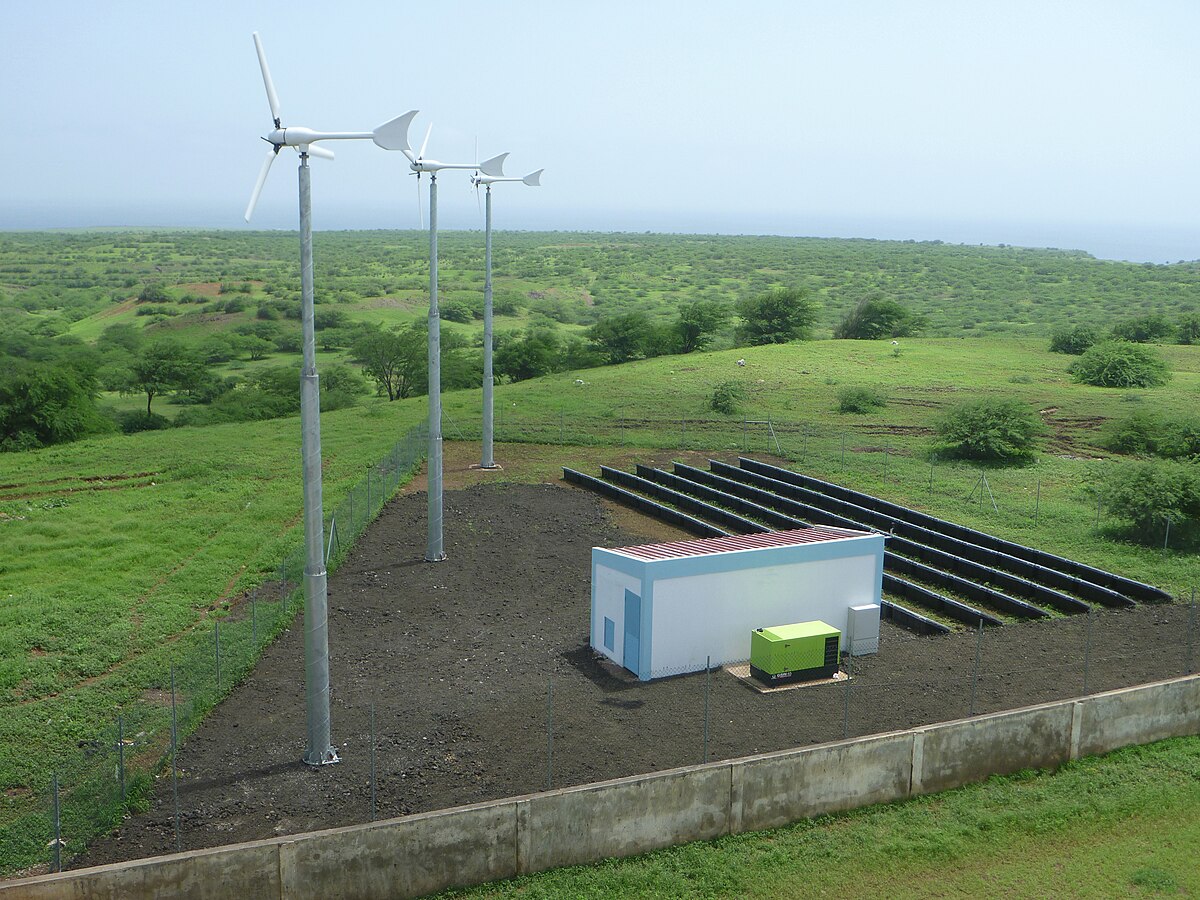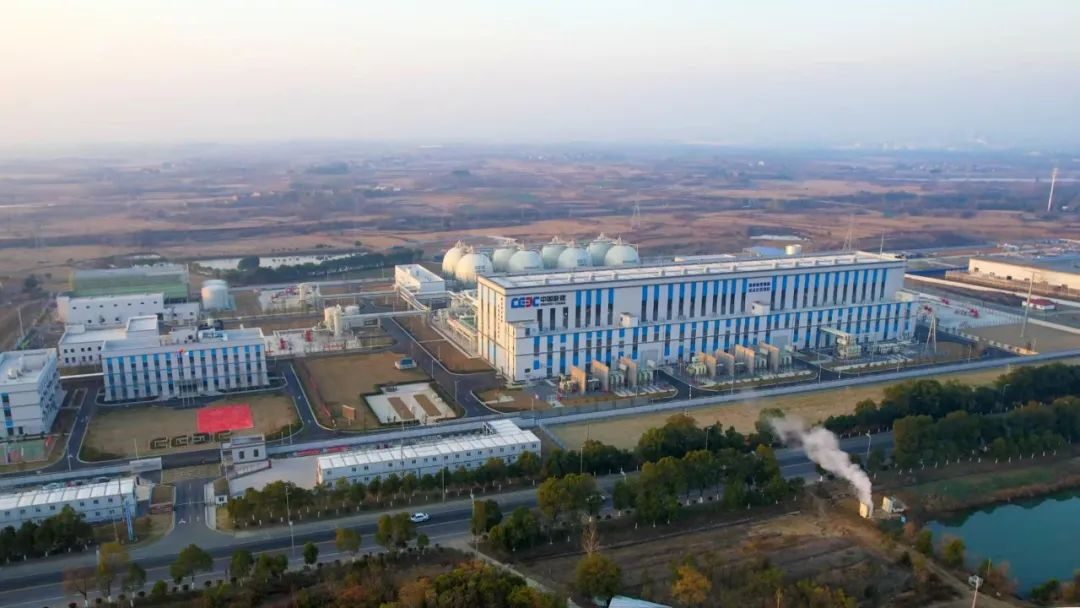A group of researchers from Norway's Institute for Energy Technology (IFE) and Sweden's Uppsala University has outlined a new strategy to retrofit wind power plants in hybrid wind-solar facilities.
“Hybrid solar-wind power plants can be valued differently under different market conditions,” Øyvind Sommer Klyve, told pv magazine. “In some cases, providing a firmer production curve, as typically achieved by a solar-wind hybrid, can lead to additional revenues if the final consumer would pay additionally for such firmer production. Oppositely, there might be market situations where the energy prices are sufficiently high, such that you would not want the solar and wind assets to share the grid connection infrastructure, if that would lead to curtailment of energy. There might also be regulations prohibiting building solar-wind hybrids.”
The research group used multiple linear regression (MLR) analysis to investigate how 128 existing wind power plants in Norway and Sweden could be potentially converted into wind-solar plants with cost-optimal PV capacities and good net present value (NPV) levels. MRL is a model that estimates the relationship between a quantitative dependent variable and two or more independent variables using a straight line.
In their modeling, the scientists assumed that solar power generation is sold to the day-ahead market and is curtailed when the sum of the PV and wind generation exceeds the point of interconnection (POI) of the hybrid facility. “All 128 investigated wind power plants have mean capacity factors above 15%,” the scientists specified. “Those with lower capacity factors were deemed to be malfunctioning or small-scale wind turbines and removed in an earlier step. A total of 22 wind power plants were previously filtered out in that step.”
They also assumed there is no shading on the facility, snow losses can be neglected, and the land is suitable for installation. “These assumptions will lead to a positive bias on the modeled capacity factors, especially in the northernmost bidding areas which are more mountainous and snowy than locations in the southern bidding areas of the Nordics,” they further explained, noting that the NPV calculation included only income and costs related to the PV system.
The model identified three key parameters for the viability of the retrofit scheme: A high mean PV capacity factor; a low mean wind capacity factor; and a strong negative Pearson correlation factor between the hourly PV and wind generation profiles. The Pearson correlation coefficient is the most common way of measuring a linear correlation between two variables.
The researchers found that strong anti-correlation alone could easily decide if retrofitting an existing wind power plant into a wind-solar hybrid is economically viable. “In this context, many of the most profitable retrofitting cases occurred at sites with the weakest anti-correlation, and the positive impact of the anti-correlation on the NPV became evident only after conducting an MLR analysis that considered the PV and wind capacity factors as well.”
Their analysis also showed that sites with high solar radiation levels and low-performing wind power plants should be prioritized, while areas with high hourly anti-correlation between the wind and solar should be neglected.
“The hourly correlation coefficient between the PV and wind power generation profiles is a better indicator for techno-economic feasibility than the diurnal or seasonal correlation coefficients,” they added. “The slope coefficients of the derived MLR model can be multiplied with a wind power plant site’s mean wind and PV capacity factors and anti-correlation to give an initial estimate of the techno-economic PV retrofitting potential of the site.”
The research group also stressed that its new methodology can be applied in any country or latitude. It was presented in the study “Retrofitting wind power plants into hybrid PV–wind power plants: Impact of resource related characteristics on techno-economic feasibility,” published in Applied Energy.
This content is protected by copyright and may not be reused. If you want to cooperate with us and would like to reuse some of our content, please contact: editors@pv-magazine.com.




By submitting this form you agree to pv magazine using your data for the purposes of publishing your comment.
Your personal data will only be disclosed or otherwise transmitted to third parties for the purposes of spam filtering or if this is necessary for technical maintenance of the website. Any other transfer to third parties will not take place unless this is justified on the basis of applicable data protection regulations or if pv magazine is legally obliged to do so.
You may revoke this consent at any time with effect for the future, in which case your personal data will be deleted immediately. Otherwise, your data will be deleted if pv magazine has processed your request or the purpose of data storage is fulfilled.
Further information on data privacy can be found in our Data Protection Policy.